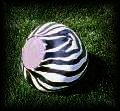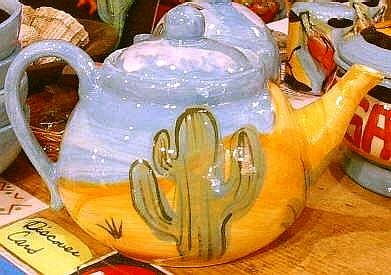There really are safety concerns, when working with ceramics. If the slip were only clay, it would be a whole other situation but the fact is, it's more than just mixed clays.
The dangerous part is called sodium silicate. It literally means liquid glass and that's not good for your lungs. Anytime, you're going to be working around the clay dust (even on the floor), wear a mask. I know it's annoying but you really need to protect your lungs. As long as you're only working with the wet clay, it's ok to unmask. It's the dust that you can breathe in, that causes the problem.
There are other safety concerns, that concern the government of the U.S., also. To stay within legal boundaries, make sure all mug,cup and pitcher handles are solid and not hollow. Also, never used leaded glazes on food containers, where any warm foods will ever be stored. Warm liquids, leach out the lead and can cause lead poisoning.
The commercial manufacturers of the glazes, tint the glazes different colors, so that you won't make a mistake and pick up the wrong one. Usually the leaded is a blue color and the unleaded a pink or green.
Never let small children in the kiln room while the kiln is running, for obvious reasons. Even if they are well trained, one stumble and you'll be sorry forever.
Remember that when that kiln is running, it's hot inside. Don't make the mistake of hovering over the lid, while peeking, once the kiln is running on high. It's not just hot, it's obviously a vast difference from the room temp and will blast. Be careful that your kiln gloves haven't developed a hole anywhere.
Just be safe, while working with clay dust and heat. It's supposed to be fun, not a trip to the hospital.
Adjust contrast of a pdf free
-
Closer to the eye of the shooter, this is because Preview is quite
literally applying a filter to each individual page of the PDF you are
saving. the proce...





